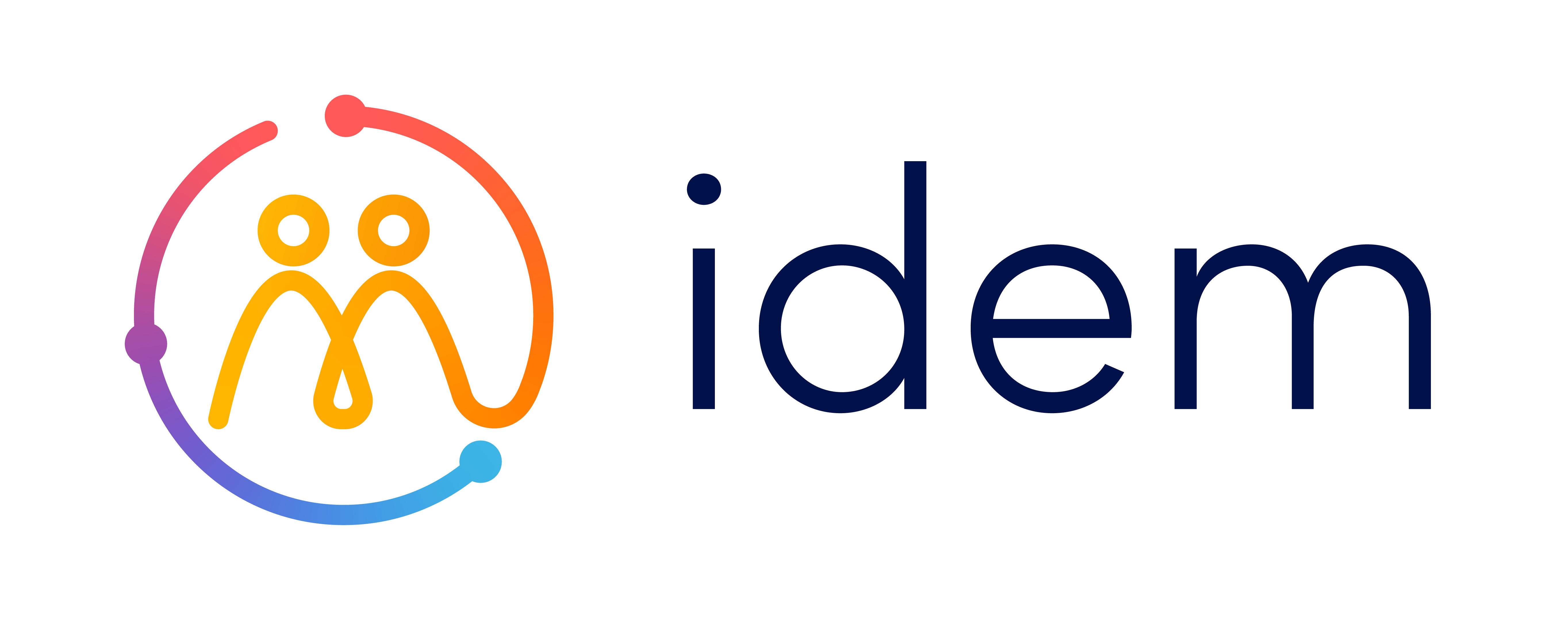When someone is living with dementia, communication goes beyond information — it becomes about identity, comfort, and feeling understood. Research shows that language plays a crucial role in how a person with dementia interprets daily life, responds to care, and feels grounded in their environment.
When Dementia Changes Language
One surprising pattern found in multilingual adults living with dementia is that they often revert to the language they learned earliest in life — their native language — even after decades of fluency in a second or third language (National Center for Biotechnology Information, 2015).
Similarly, clinicians from The Ottawa Hospital have observed that many older adults begin to lose fluency in their second language and increasingly rely on their mother tongue as dementia progresses (The Ottawa Hospital, 2023).
This matters because care instructions, reminders, or conversations delivered only in a second language can lead to confusion, heightened anxiety, or even withdrawal. In dementia, language isn’t just a communication tool — it becomes a lifeline.
Why Native-Language Support Makes a Difference
Studies and care reports show that using a person’s native language in dementia care helps:
-
Build emotional safety and trust
-
Improve understanding of daily instructions
-
Reduce agitation, confusion, and care refusals
-
Strengthen engagement in routines like meals and medication
-
Support independence and dignity (Umbrella Home Care, 2024)
When reminders, voice cues, and routine prompts are delivered in a familiar language, the day becomes easier to navigate — for both the person living with dementia and their caregiver.
Technology That Adapts — Not the Other Way Around
Most assistive technology assumes that English (or another dominant language) is sufficient, but as research shows, that isn’t always true. As dementia progresses, the preferred language may change — even if that wasn’t the case before.
That’s why the Idem Clock now offers a fully bilingual (or multilingual) experience, with support for 13 native languages including French, Vietnamese, Arabic, Mandarin, Portuguese, and more — not just in on-screen text, but in spoken reminders and time-of-day cues too.
This includes:
-
Time, day, time of day and date displayed in the person’s language
-
Reminders and messages read out loud in the same language
Before this update, caregivers could write reminders in another language, but the text-to-speech system could only speak the limited languages supported by the clock. Now, messages and spoken reminders match the language on screen, helping reduce confusion and build comfort across daily routines.
Practical Tips for Caregivers
Here are a few steps caregivers can take to support loved ones using technology in their native language:
-
Observe language changes regularly
Notice if your loved one is using their first language more often, or having trouble understanding care delivered in a second language. -
Match routines to the preferred language
Whether it’s reminders for medications or visual cues for time of day, consistency matters. -
Choose flexible tools
Select devices that can switch languages easily, rather than ones that lock you into one default at setup. -
Remember, language and culture go hand in hand
Familiarity builds confidence — from the words spoken to the rhythm and tone.
Frequently Asked Questions
Can dementia cause someone to forget their second language?
Yes. Research shows many multilingual people revert to their native language as dementia progresses, even if they were previously fluent in multiple languages.
Is it better to speak to a person with dementia in their first language?
Often, yes. Using the language they learned earliest can help reduce confusion and foster emotional safety.
What should I do if I notice my loved one is reverting to their native language?
Revisit familiar tools and communication styles. Technology that supports native-language prompts, can help support routines with less stress.
Can I switch the language on the Idem Clock after setup?
Yes. You can set up the clock in one language (like English) and change it later — even remotely from the Idem app — if your loved one’s preferences change.
Bringing It Together with Idem
Every family’s journey through dementia is unique, and their needs evolve over time. By offering reminders, cues, and guidance in your loved one’s native language, you’re providing more than clarity — you’re offering comfort, autonomy, and dignity.
With support for 13 languages today (and more to come), the Idem Clock adapts to your loved one, not the other way around.
Because care that speaks your loved one’s language isn’t just about communication, it’s about connection.




Share:
Halloween & Dementia: Tips for a Safer, More Enjoyable Evening
Time Change & Dementia: Why It Hits Harder — And What to Do
1 comment
Bravo pour cette initiative!